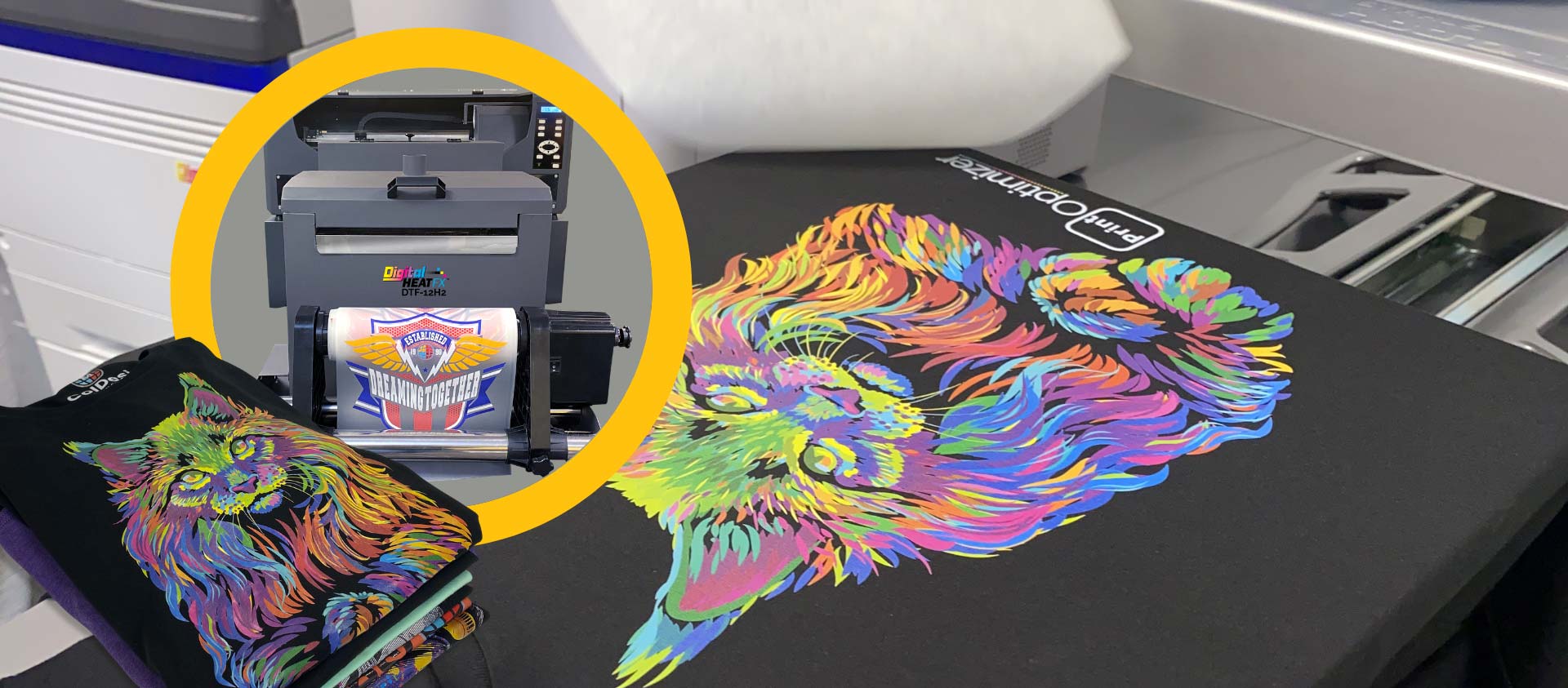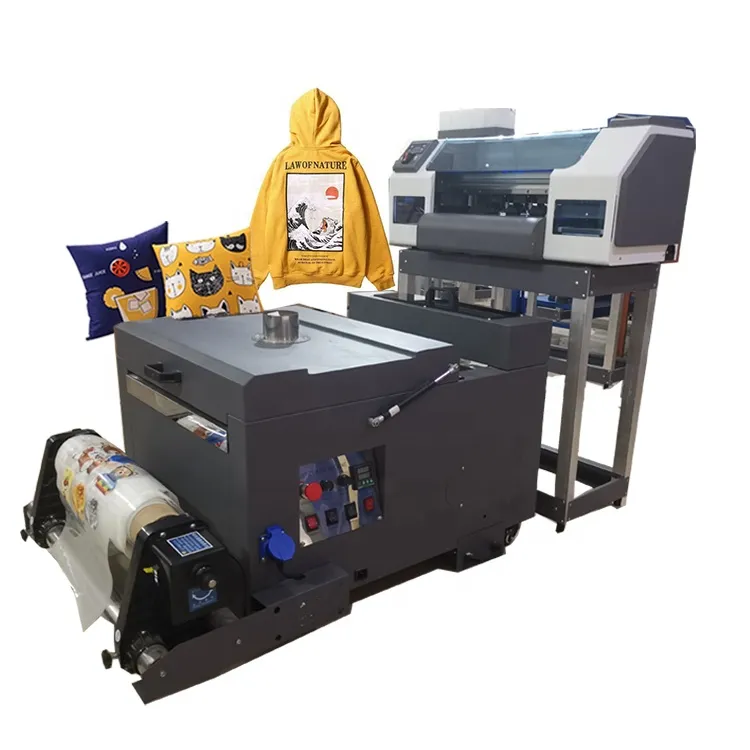Exploring the Art of DTF Printing: Techniques and Applications Unveiled
The Future of Fashion: Discovering DTF Printing Technology in the Fabric Market
Among these improvements, Direct to Movie (DTF) printing technology has actually emerged as an appealing competitor, using one-of-a-kind abilities and possibilities for designers and producers alike. This innovative printing method has actually triggered interest due to its potential to transform standard textile printing procedures.
Development of Textile Printing
Throughout history, the development of fabric printing has been a testament to the cutting-edge developments in this detailed art kind. From the ancient human beings using methods like block printing to the electronic revolution of today, textile printing has constantly pressed boundaries. The origins of fabric printing can be mapped back to China around 220 AD, with making use of wooden blocks to publish on silk fabrics. As the craft infect other parts of the world, brand-new techniques such as screen printing and roller printing arised during the Industrial Revolution, changing the textile industry - DTF Printing.
In the 20th century, advancements in modern technology caused the advancement of rotating screen printing, permitting faster and more intricate styles. The introduction of electronic textile printing in the late 20th century noted a significant change towards even more versatile and lasting printing methods. Today, with technologies like Direct-to-Fabric (DTF) printing technology, developers can create lively, detailed prints with higher efficiency and minimized environmental effect. The evolution of fabric printing showcases an abundant background of creative thinking, ingenuity, and technical progression in the world of fashion and style.
Advantages of DTF Technology
With the evolution of fabric printing methods from old methods like block printing to modern-day innovations such as electronic printing, the intro of Direct-to-Fabric (DTF) modern technology has significantly enhanced the efficiency and sustainability of textile printing procedures. One of the main benefits of DTF innovation is its ability to straight publish layouts onto material without the requirement for transfer documents, which decreases waste and streamlines the manufacturing process. In addition, DTF printing enables for better shade vibrancy and detail accuracy contrasted to standard methods, making it possible for textile suppliers to produce high-quality and intricate designs with convenience.
Moreover, DTF innovation is understood for its convenience, as it can be used on different kinds of textiles, consisting of all-natural fibers like cotton, silk, and woollen, along with synthetic materials such as polyester and nylon (DTF Printing). This adaptability opens a large range of opportunities for suppliers and developers to trying out different structures and products, bring about more cutting-edge and special products in the fashion business. In general, the execution of DTF technology stands for a significant innovation in fabric printing, supplying many benefits that contribute to the future sustainability and creativity of the sector
Sustainability in vogue Production
Highlighting green methods is extremely important in contemporary fashion manufacturing, lining up with the growing consumer need for sustainable items. Recently, the garment industry has encountered enhancing scrutiny as a result of its substantial ecological influence, including too much water use, chemical air pollution, and fabric waste. As a reaction, numerous style brand names are currently integrating lasting practices right into their manufacturing procedures to minimize harm to the setting.
Sustainability in go to this website vogue manufacturing includes numerous aspects, such as using recycled and organic materials, reducing energy intake, carrying out ethical labor practices, and promoting transparency throughout the supply chain. In addition, innovations in innovation, like DTF printing, offer possibilities to additionally boost sustainability in fabric production. This modern technology allows accurate printing on textiles, reducing ink wastage and water usage compared to standard printing techniques.
Design Liberty and Personalization

Moreover, DTF printing helps with modification on a scale previously unattainable, enabling for customized clothes and special pieces customized to individual choices. In general, DTF printing modern technology revolutionizes the layout landscape in the fabric market, using countless opportunities for creative expression and individualized style.
Influence On Supply Chain & Market Trends
DTF printing modern technology in the fabric market is improving supply chain characteristics and affecting market trends via its performance and modification abilities. By allowing on-demand printing and eliminating the need for huge inventories, DTF innovation simplifies the supply chain process.
Furthermore, the personalization possibility of DTF printing innovation is changing the market patterns in the textile industry. Customers increasingly seek unique and personalized products, and DTF enables brand names to use custom styles cost-effectively. This modification capability not just improves customer contentment yet likewise opens new chances for services to satisfy specific niche markets and separate themselves from rivals. As an outcome, DTF modern technology is driving a shift in the direction of even more innovative and customer-centric methods within the fabric market, forming the future of fashion.

Final Thought
Finally, DTF printing innovation is revolutionizing the textile sector by offering countless benefits such as design personalization, freedom, and sustainability. This cutting-edge modern weblink technology is go now improving the future of style manufacturing, influencing supply chains, and driving market fads in the direction of more efficient and environmentally friendly practices. As the market continues to develop, DTF printing will certainly play a crucial role in forming the method fabrics are created and eaten in the years ahead.
From the old people using methods like block printing to the digital transformation of today, textile printing has actually constantly pressed boundaries. As the craft spread to other parts of the world, brand-new methods such as display printing and roller printing emerged during the Industrial Change, reinventing the fabric industry.
The intro of digital fabric printing in the late 20th century marked a substantial shift in the direction of even more sustainable and versatile printing approaches.With the advancement of fabric printing techniques from ancient techniques like block printing to modern-day technologies such as electronic printing, the introduction of Direct-to-Fabric (DTF) innovation has actually significantly improved the effectiveness and sustainability of textile printing procedures (DTF Printing).In feedback to the imperative change towards sustainability in fashion production, the adoption of cutting-edge innovations like DTF printing not just addresses environmental issues however additionally opens up methods for exceptional design flexibility and modification in the fabric sector